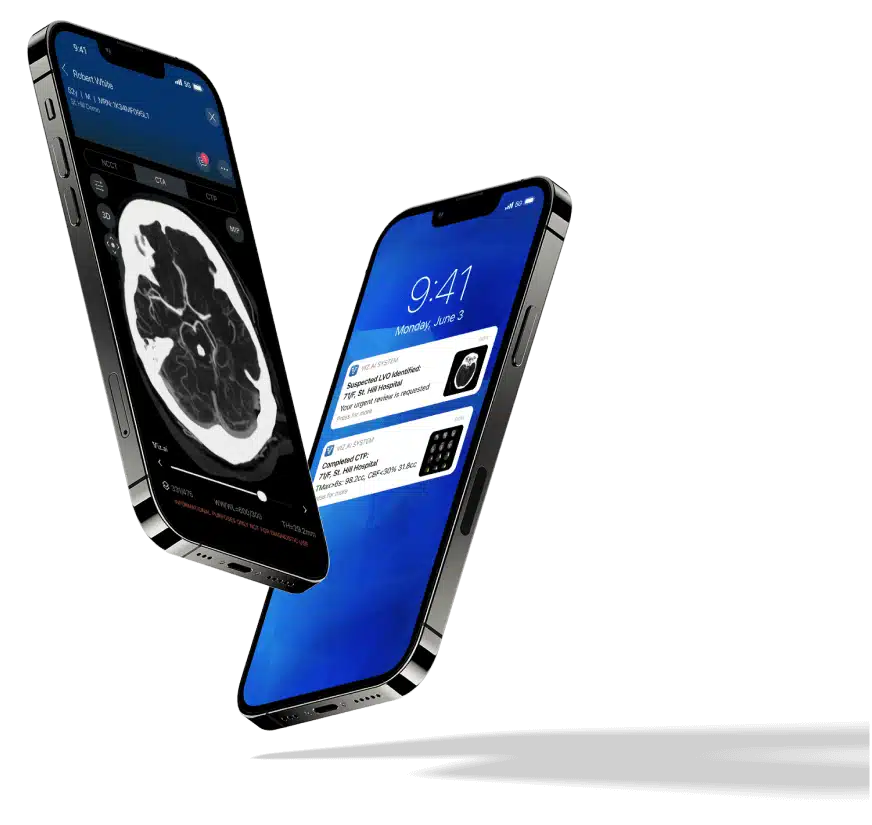Team Viz
Jul 22, 2025
Intracerebral hemorrhage (ICH) represents a significant challenge in neurological care due to its high mortality rates, substantial long-term disabilities, and intricate clinical management demands. Traditional approaches to managing ICH are increasingly inadequate in meeting the new American Heart Association (AHA) “Get With the Guidelines” requirements, which stress precise and rapid documentation including ICH score, time to anticoagulant reversal, and thorough record-keeping.
The AHA launched the Hemorrhagic Stroke Surgical Quality Improvement Initiative to identify and amplify national best practices for ICH care.
Current Challenges in ICH Care
Addressing ICH care involves navigating significant complexities across clinical, operational, and coordination dimensions:
- Clinical Complexity: Management often limited to medical treatment due to restricted therapeutic options, with emerging therapies requiring specialized resources and expertise.
- Operational Burden: Reliance on manual measurements is inconsistent, time-consuming, and prone to errors. Limited neurocritical care bed availability often results in costly and potentially unnecessary transfers.
- Non-standardized Workflows: Effective care coordination demands accurate, timely data, yet fragmented communication frequently undermines cohesive, timely decisions across teams and institutions.
Key Trends in ICH Management
Several evolving trends are shaping modern ICH management:
- Automation and AI Integration: Increasing use of AI-powered tools for automated quantification and consistent documentation.
- Emphasis on Early Intervention: Adhering to tighter guidelines that advocate quicker diagnosis and removal of ICH, significantly impacting patient recovery.
- Minimally Invasive Procedures: Growing adoption of minimally invasive procedures, enabled by timely and accurate patient selection and triage.
- Standardized Protocols: Real-time data sharing and streamlined communication through digital platforms support faster, coordinated decision and timely access to surgical care.
Optimizing ICH Care with Viz.ai’s Neuro Suite
Viz.ai directly addresses these critical gaps with its advanced AI-driven solutions, including Viz ICH and Viz ICH+, by providing:
- Automated Identification and Measurement: Viz.ai automatically identifies hemorrhages and provides consistent quantification of hemorrhage volume, lateral ventricle dimensions, and midline shift, reducing variability.
- Compliance with ICH Scoring and Documentation: Essential clinical markers are automatically captured and documented in alignment with AHA requirements
- Streamlined Clinical Workflow and Coordination: Through real-time alerts and intuitive communication tools, Viz.ai connects hospitals and care teams to enable faster triage, streamlined decision-making, and more efficient patient transfers.
Real-World Impact and Clinical Validation
A leading health system in New York City validated Viz.ai, demonstrating superior accuracy and significant reductions in inter-observer variability compared to traditional manual methods. Clinically, the system has markedly decreased inter-hospital transfer times and improved patient outcomes.
One compelling example involved a patient undergoing minimally invasive surgical intervention where transfer time was dramatically reduced using Viz.ai’s automated notification and measurement tools.. The streamlined workflow allowed the team to deliver the appropriate treatment quickly, helping the patient make an impressive recovery. “The patient made a nearly full recovery and now lives at home with only mild deficits,” said Dr. Dangayach.
The Viz Neuro Suite represents a transformative approach to managing ICH, directly addressing existing challenges through precision, speed, and enhanced team collaboration. By automating critical clinical metrics and aligning with AHA guideline requirements, Viz.ai supports hospitals in delivering faster, more effective care for patients with intracerebral hemorrhage.
Learn how Viz.ai can help your organization streamline ICH care and improve outcomes.
